A Hundred Mangoes in a Bottle and a Mango Jam Recipe
As an Amazon Associate and member of other affiliate programs, I earn from qualifying purchases.
A hundred fully ripened mangoes can fit in a 12 ounce jar. I know this for sure. I did that for years growing up. When I did, the most sublime dessert on earth was the result of it all. These were my summers growing up.
I woke up at 6 AM every day, when I was a child. After breakfast I ran to the backyard. Before me were baskets of ripened mangoes. They were amassed on top of and beneath the long, ancient wood table.
The sweet scent of the mangoes permeated the torridly humid air in that early hour.
My Mom held up one ripe, golden mango, with the heavy portion down, and the heart-shaped tip pointing to the heavens. With a swift motion of her slim fingers, she peeled off the mango’s skin, in a long, spiral shape, going around the fruit until its yellow, fibrous flesh, stood proud and naked before us.
“This is how you do it,” she said. “Strip the skin carefully, don’t waste the fruit.” Meekly, I obeyed. I was 12 then.
The entire morning was spent peeling mangoes which came from our farm’s orchard. Once all were peeled, the fruit was crushed against a wide sieve to extract its juice and pulp. We peeled, peeled, peeled, and then we crushed, crushed, crushed.
By afternoon the traditional siesta was forsaken for the continuation of the jam process. Once the pulp had been crushed, my mom fussed, “How much mango pulp was there?” or “How much white sugar are we going to use?”
I sat back quietly, with my sticky, mango-smelling hands at my side and watched the surreal tableau before me. There was something oddly mesmerizing about the discarded slivers of mango skin, long yellow strips, curled up, atop one another, in a heap inside a giant drum container. Alongside this, a huge mountain of discarded mango pits, every single one of them looked forlorn, abandoned, and useless.
This is when the rituals took a different turn. Without warning, an old woman arrived. She was the “cook” hired by my parents to finalize the last phase of this process, to cook the pulp over a low fire and turn it into the “piece de resistance,” golden mango jam.
She was thin, simply dressed in a long skirt made of cotton, and a starched, white blouse. Her gray hair was piled in a tight bun. She looked serious and her wrinkly forehead had a harsh look as she peered into the pulp.
She brought her own copper vat, and a long wooden spatula. She stirred the pulp. With a precision that outdid any chef in the world. Over a low heat, she added cup after cup of white sugar. The shiny, slinky white powder slid into the vat. I lost count after 6 cups.
The mango pulp started to turn thick. She lowered the fire, kindled by firewood.
The liquid turned into a thick, rich, gold dark brown jam . I watched, eyes glued to the vat, as the sugar turned into thin, transparent silver threads of syrup.
As a treat, I was allowed a taste of the jam. The fragrance of the nectar was sweet, fruity. When I put my lips to the large spoon Mom held out to me, my tongue was scalded by the fiery heat. However, the sweet, soft, and sticky texture made me want more.
When I was growing up, in a rural town called Tarlac, in the north of the Philippines, there was no end to what my Mom would do with mangoes: smoothies, ice cream, jams, pastries, and much more. My childhood was spent loving mangoes and the sweet desserts that came from them. As an adult now, I still love them like I have never loved any other fruit.
“Ilabas ang ‘postre’!” my Dad ordered. ‘Postre’ is Spanish for dessert. I wondered why my parents called it that, instead of the Tagalog word “himagas” which I learned in school.
Whether it was ‘postre’ or ‘panghimagas’, dessert was always a reward for me and for finishing meals or getting good grades.
I have always equated mangoes with the love of my parents, their strong presence as the glue that held us together.
I miss the many mangoes we had, but I miss my parents more. I’ve tried to recreate the mango jam Mom made. But it’s remained elusive. I regret never asking for the recipe. And I never have 100 ripe mangoes to fit into a 12 oz. jar.
Today, what remains in my heart is the memory of those hot, summer days, tasting the sweet, spoonful of jam for dessert, and the memory of my parents. Not all the mango jam in the world can top that.
*This essay was a First Prize Winner, Plaridel Awards, Outstanding Food Story, given by the Philippine-American Press Club, San Francisco, CA. This essay also won 2nd prize in the Doreen G. Fernandez Food Writing Award and is part of the book Savor the Word, a collection of award winning essays from the competition. This is re-published with the permission of the DGF Awards committee and Positively Filipino, the premiere online magazine based in San Francisco, CA.
- Update: I was honored and grateful to be featured by the worldwide women writers organization www.BooksByWomen.Org in celebration of Mother’s Day here in America. What a fitting blessing to celebrate this blog’s 8th anniversary this month. My essay How Food Writing Without A Recipe Inspired Me to Write Cookbooks can be read here.
Mango Jam
Equipment
- Food processor or blender
- Medium-sized heavy stockpot
Ingredients
- 10 whole fresh ripe mangoes Ataulfo variety (also called Manila mangoes; or Carabao mangoes in the Philippines)
- 1/2 cup granulated white sugar
- 2 Tablespoons calamansi juice the Filipino lime
- 1 8 oz. mason glass jar sterilized
Instructions
- Slice the mangoes from the center where the pit is. Slice off two cheeks and discard the center pit. Using a spoon, scoop out the mango flesh.
- Using a food processor or blender puree the mango flesh for about two minutes. You should have about 2 cups of thick puree. If you do not have a blender or food processor, mash the mango flesh by hand by placing it against a sieve or colander, then press the fruit down with a fork till you have enough puree.
- Place the puree in a heavy medium-sized stock pot. Add the granulated sugar and calamansi juice. Blend well.
- Over medium high heat at first and constantly stirring with a long-handled wooden spoon cook the mango jam. Once the pulp boils in about 8 minutes, lower heat to a very slow simmer.
- Continue cooking over a slow simmer for a total of 55 minutes. Do NOT leave the jam unattended over the stove. Do NOT get distracted while cooking. Try to be patient and keep stirring while the jam cooks. The mango jam will start to thicken and change to a darker orange hue after 30 minutes. At the end of cooking, the jam should be thick enough to coat the spoon and the jam leaves the sides of the stock pot.
- When cooked, remove from the stove top and cool on the counter for about 10 minutes. Spoon mango jam into a clean, sterilized glass jar while still warm and pliable. When jam has cooled completely in the jar, cover and keep refrigerated till ready to serve.
- Cook’s comments: Use a wooden spoon with a long handle. During the cooking process, the mango liquid will start exploding in tiny bubbles over the stove top and if the cooking spoon has a short handle, there is a danger you can burn yourself if bubbles jump to your wrist.
- Cooking tip: If it helps, set timer at intervals of 10 minutes, to total 55 minutes in the end. This was my technique to help deal with my impatience. If the thought of constant stirring for 55 minutes sounds daunting, trust me, you can minimize that by setting the timer at 10-minute intervals for 5 times.
- *Read the full essay “A Hundred Mangoes In a Bottle” which published in PositivelyFilipino.com and won the Plaridel Award, 1st Prize for Outstanding Food Story ( 2013) here. The essay also won the ‘Doreen Gamboa Fernandez Food Writing Award and first published in the book ‘Savor the Word’ – Anvil Publishing, Manila (2012).
- Hello, Friends! All the images and content on this blog are COPYRIGHT PROTECTED and owned by my media company Besa-Quirino LLC. This means BY LAW you are NOT allowed to copy, scrape, lift, frame, plagiarize or use my photos and recipe content I wrote, on your website,books, films, television shows or videos without my permission. If you want to republish this recipe or content on another website, video, news article,or media outlets mentioned above please ASK my permission, re-write it in your own words and simply link back to this blog to give proper attribution. It’s the legal thing to do. Thank you. Email me at [email protected]
Nutrition
Nutrition Notes: The nutrition information provided is an estimate and will vary based on cooking or baking methods and brands of ingredients used.
Did you love this recipe? I have more Philippine dessert recipes in my popular cookbook How to Cook Philippine Desserts, Cakes and Snacks.
If you need Filipino Instant Pot recipes, find more in my newest cookbook Instant Filipino Recipes: My Mother’s Traditional Philippine Cooking in A Multicooker Pot. Buy my cookbooks and books on Amazon.com sold worldwide in paperback and Kindle format.
Hello, Friends! Please DO NOT LIFT OR PLAGIARIZE my original recipe, stories, photos or videos. All the images and content on this blog are COPYRIGHT PROTECTED and owned by my media company Besa-Quirino LLC. This means BY LAW you are NOT allowed to copy, scrape, lift, frame, plagiarize or use my photos, essays, stories and recipe content on your websites, books, films, television shows, videos, without my permission. If you wish to republish this recipe or content on media outlets mentioned above, please ASK MY PERMISSION, or re-write it in your own words and link back to my blog AsianInAmericaMag.com to give proper attribution. It is the legal thing to do. Thank you. Email me at [email protected].

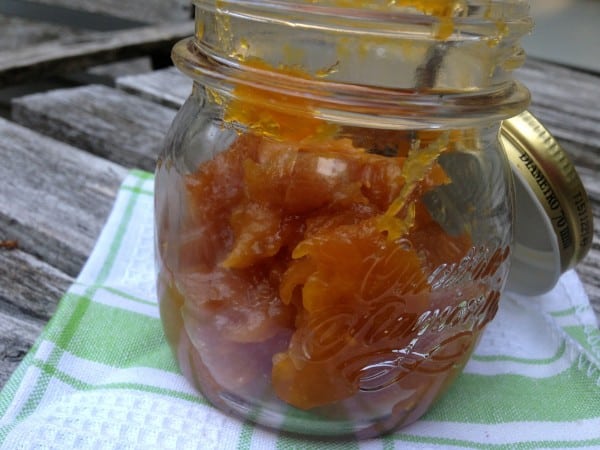
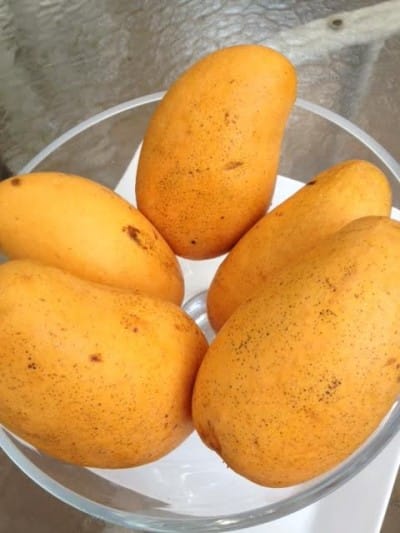
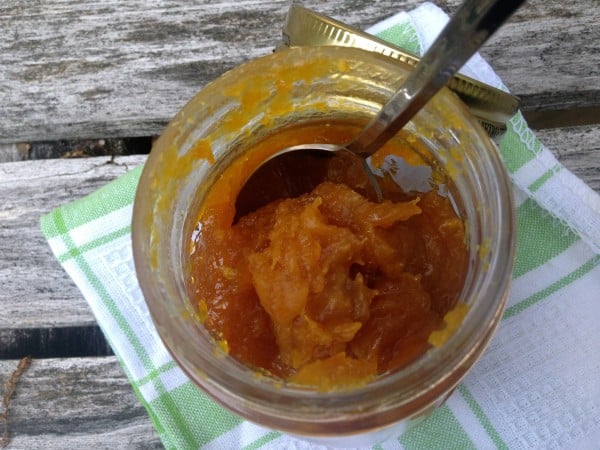
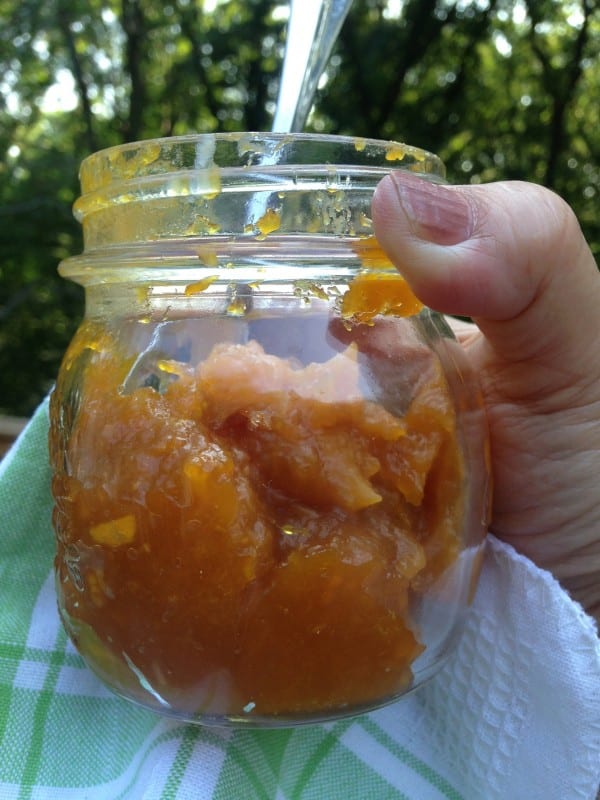
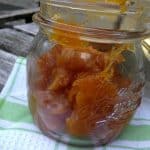
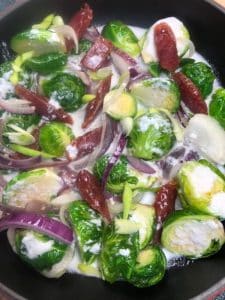
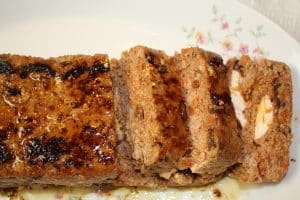
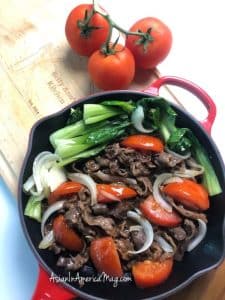
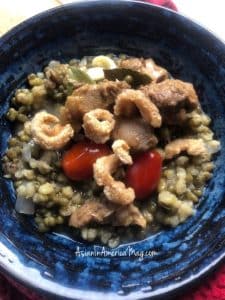
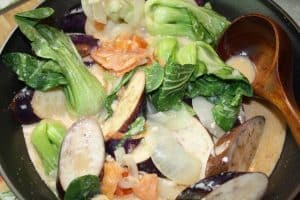
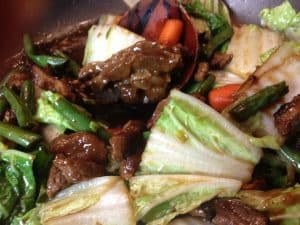
Hi Elizabeth,
I was looking for some Filipino recipes and just discovered your website! I enjoyed reading your story and I am planning to cook some of your recipes! We’ve been here in the USA since 1980!. By coincidence, I graduated at QUIRINO ELEMENTARY SCHOOL in the ‘60’s ! I am a retired OPERATING ROOM NURSE ! THANK YOU for sharing your RECIPES! And CONGRATULATIONS for all your AWARDS! As a FILIPINO AMERICAN, we are so PROUD of you!.
Thank you, Wilma. So kind of you. You can subscribe to my blog for free weekly recipes. Maraming salamat!